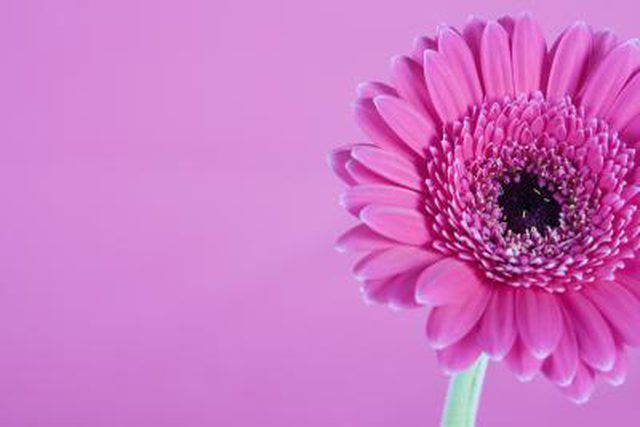Bulbs
Flower Basics
Flower Beds & Specialty Gardens
Flower Garden
Garden Furniture
Garden Gnomes
Garden Seeds
Garden Sheds
Garden Statues
Garden Tools & Supplies
Gardening Basics
Green & Organic
Groundcovers & Vines
Growing Annuals
Growing Basil
Growing Beans
Growing Berries
Growing Blueberries
Growing Cactus
Growing Corn
Growing Cotton
Growing Edibles
Growing Flowers
Growing Garlic
Growing Grapes
Growing Grass
Growing Herbs
Growing Jasmine
Growing Mint
Growing Mushrooms
Orchids
Growing Peanuts
Growing Perennials
Growing Plants
Growing Rosemary
Growing Roses
Growing Strawberries
Growing Sunflowers
Growing Thyme
Growing Tomatoes
Growing Tulips
Growing Vegetables
Herb Basics
Herb Garden
Indoor Growing
Landscaping Basics
Landscaping Patios
Landscaping Plants
Landscaping Shrubs
Landscaping Trees
Landscaping Walks & Pathways
Lawn Basics
Lawn Maintenance
Lawn Mowers
Lawn Ornaments
Lawn Planting
Lawn Tools
Outdoor Growing
Overall Landscape Planning
Pests, Weeds & Problems
Plant Basics
Rock Garden
Rose Garden
Shrubs
Soil
Specialty Gardens
Trees
Vegetable Garden
Yard Maintenance
How to Care for the Indoor Gerber Daisy
How to Care for the Indoor Gerber Daisy. The gerber daisy (species Gerbera), an ornamental relative of the sunflower, sports wide, vibrant blooms in a bold array of yellows, oranges and pinks. Potted gerber daisies can interrupt the dreary winter doldrums with a fresh burst of summery color, bringing life to any room in the house! With proper care,...

The gerber daisy (species Gerbera), an ornamental relative of the sunflower, sports wide, vibrant blooms in a bold array of yellows, oranges and pinks. Potted gerber daisies can interrupt the dreary winter doldrums with a fresh burst of summery color, bringing life to any room in the house! With proper care, these short-term plants can provide color and bloom for up to two years.
Things You'll Need
Peat-based potting soil
Water
Sunlight
Caring for Indoor Gerber Daisies
Choose a location that offers full sunlight. If you can't sit your daisy in a well-lit window, artificial plant lighting can also help to supply the needed light requirements. Proper sunlight allows the potted gerber daisy to reach maximum blooming potential.
Provide indoor temperatures between 50 and 70 degrees F. If indoor daisies get too much heat, they will wilt and stop blooming. If they get too cold, the foliage can turn black. In addition to proper temperature, provide average humidity. During winter months, you can mist the daisy lightly to maintain proper humidity levels.
Keep the soil evenly moistened during the daisy's blooming period. When it is out of bloom, the soil can be allowed to dry slightly before watering. Do not overwater indoor gerber daisies, as this will leave the plants susceptible to fungal diseases and crown rot. In addition, using cold water can cause dark spots to form on the foliage.
Feed your indoor gerber daisies every other week during active growth and blooming periods. Use a water-soluble fertilizer such as Schultz's Blooms Plus or Miracle Gro, following package directions for proper measurements.
Use a peat-based potting soil with good drainage, if you need to repot your indoor daisies. Potted gerber daisies will thrive when the root structure is somewhat constricted, so increase by one or two pot sizes only.
Tips & Warnings
Remove spent blooms and stems as they occur.
Do not wipe or dust leaves or use leaf-shining products. The foliage of the gerber daisy is covered with fine hairs and does not tolerate being wiped or rubbed.